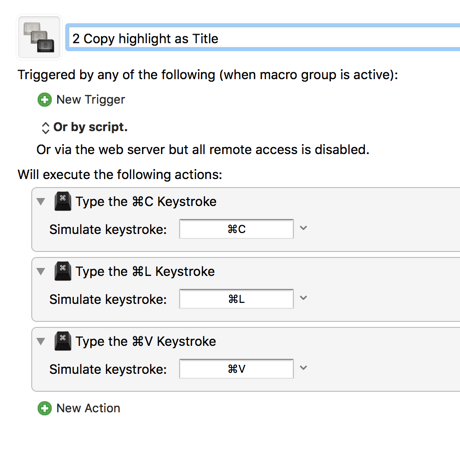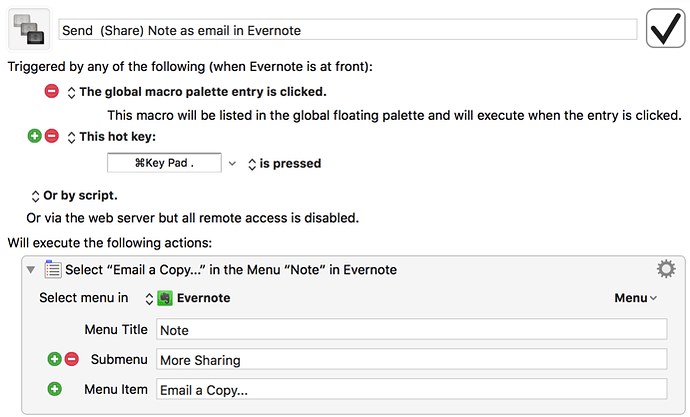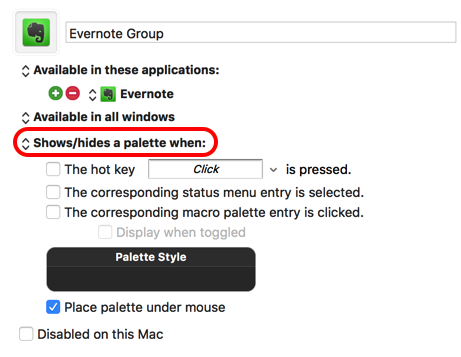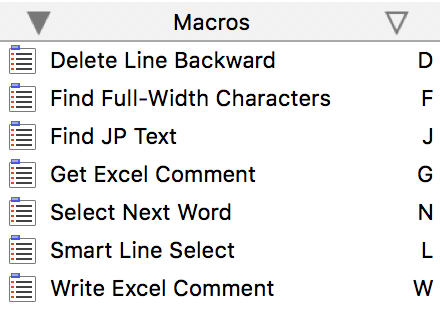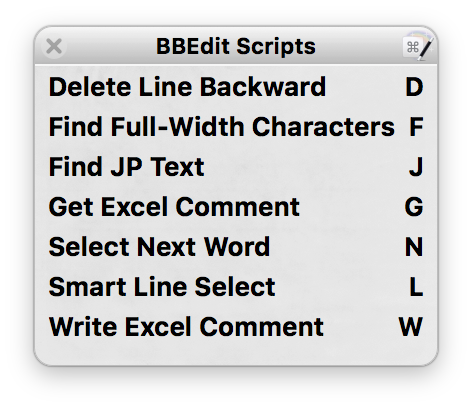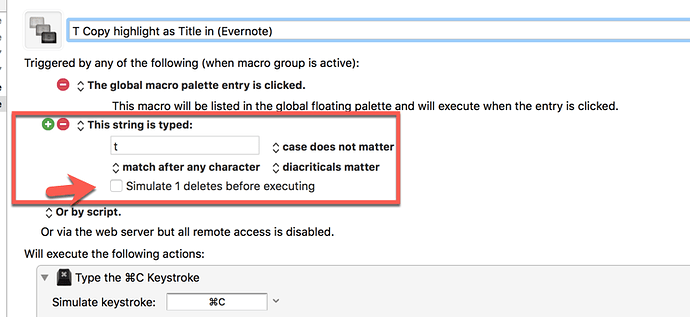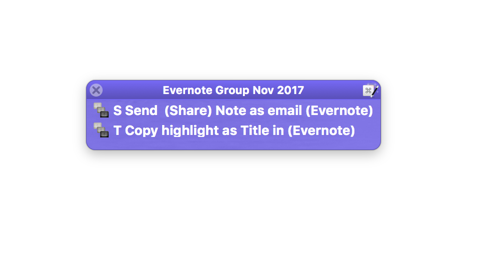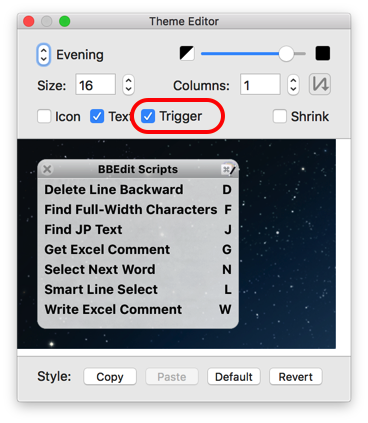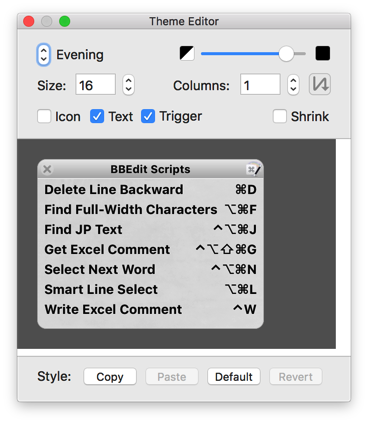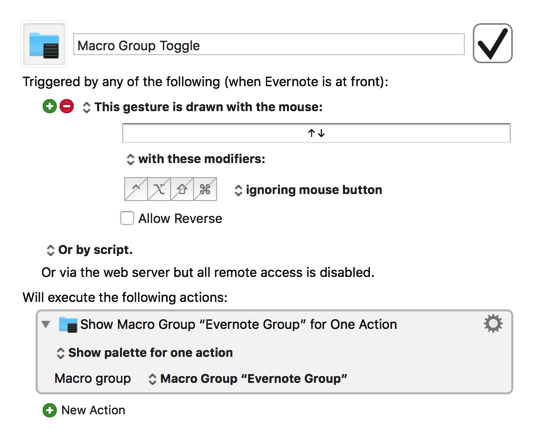Ah, I see that I wasn't clear enough in my explanation of the single key triggers. Sorry about that. The trick with these is to use hotkey triggers, not typed strings, which is what you're using in your screenshot. As an example, here's one of my own macros from the palette example I showed you in my last post:
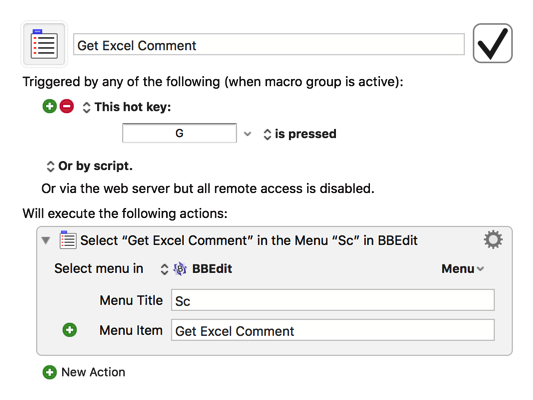
First, to clear up one thing: it's only "simulate one delete" here because you're using a single letter for your typed string trigger. By default, typed string triggers offer to delete every character of the typed string, so it's really "simulate n deletes", as you can see in this example from my own macro library:

Simulating deletes means that every character of the typed string will be deleted as if the user had pressed the Delete key that number of times. The reason why you would want to use it is so that the string used to trigger the macro does not remain in the text entry field that you're working in (as an example, in the macro I show here, I don't want to actually keep ";surl" in an email or post, so simulating the deletes gets rid of it for me). Hopefully this makes sense!
Although hotkeys and typed strings can of course both be used to trigger macros, the former can be used essentially anywhere, whereas the latter should only be used in apps and situations where you know you'll be working in a text entry field. Depending on where you were using these macros with typed string triggers (i.e. if you were in a text entry field or not) I think that would explain the macro execution sensitivity you were seeing. Your kind words are appreciated, but I'm far from the most technologically savvy KM user here, so I can only elicit a guess as to why deleting or not deleting the typed string in a typed string triggered macro would have such an effect on the macro's execution, but: I can certainly imagine circumstances in which after the string is typed, the macro tries to delete the typed string when checked, but since it can't do so when you're not in a text entry field, the trigger fails and thus doesn't touch the typed string, so the string remains un-deleted and the expected macro doesn't run. Hopefully my guess is at least somewhere in the ballpark of what's happening!
At any rate, I would suggest replacing these typed string triggers with hotkey ones as per my example (again, since these macros will only be activated when the palette is visible, using single keys for triggers like this won't interfere with normal typing, and can thus be used without additional modifiers) and see if that doesn't improve your setup (though it does sound like you've got it working now regardless, which is good to hear, but I would still recommend the change anyway just for reliability reasons).

